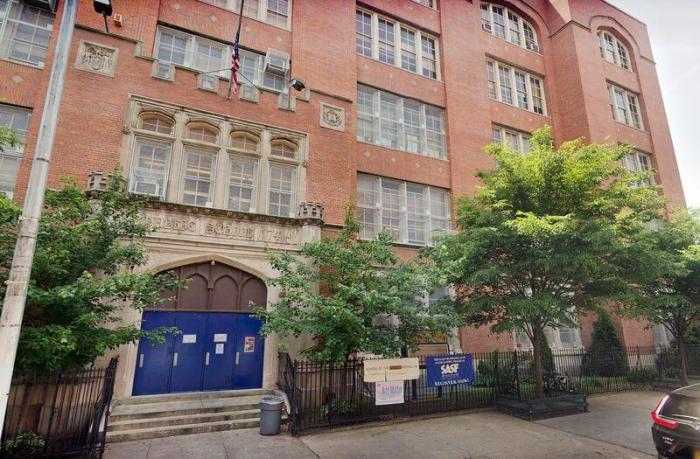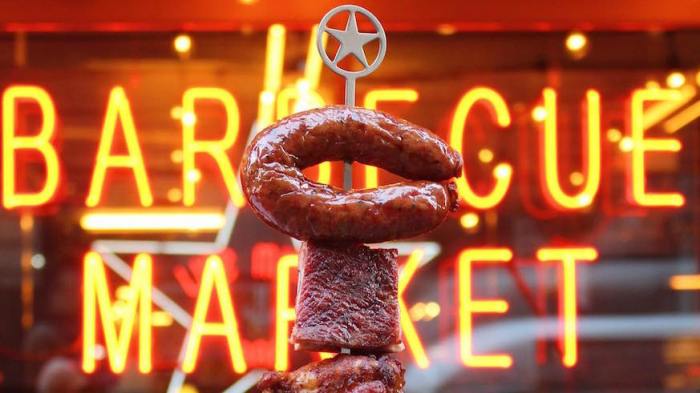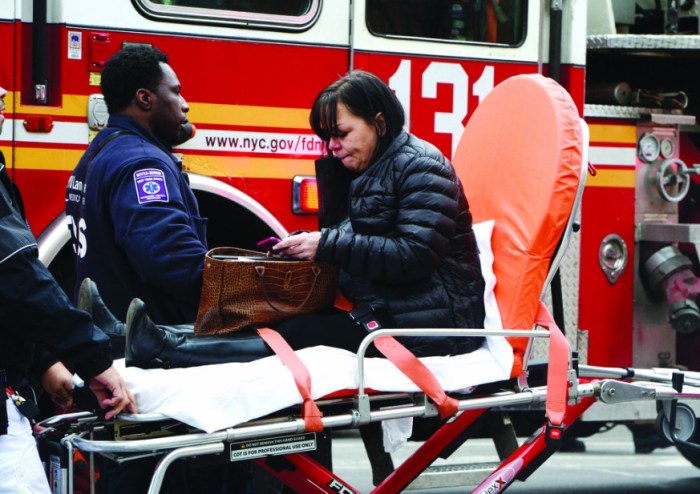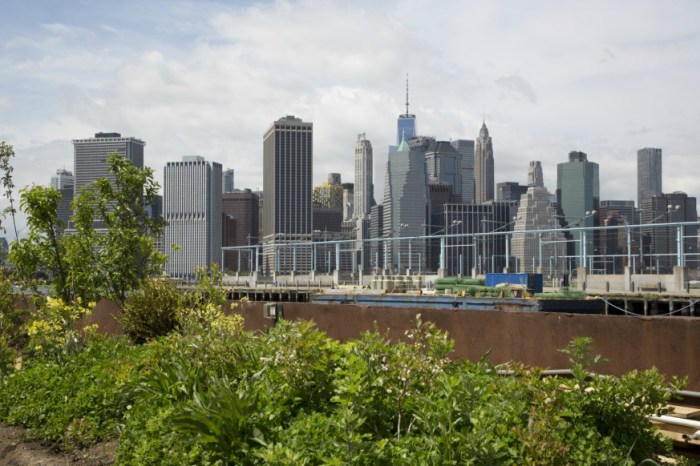New York City is all about what’s next, from the next great club to the hottest new restaurant and, of course, whatever the current neighborhood du jour might be — which many think is Red Hook right now, especially for the creative and tech communities.
Already home to innovative companies like Red Hook Labs, Pioneer Works and many others, Red Hook is attracting those looking to expand and, in the case of Stink Studios, get some breathing room. The global creative studio just relocated from Dumbo to Red Hook, where it set up shop in a building once used to repair ships — that now also houses one of Tesla’s two New York City showrooms.
“There were so many companies in Dumbo that did what we did,” said Alex Sturtevant, Stink Studios’ global director of brand. “It’s nice to get out of where you’re running into your competition getting lunch or sharing a bathroom with them.”
“To get out of that space is great,” added Director of Strategy Nate Skinner. “Walking now, there’s a furniture maker, canoe maker … we’re spiritually part of a neighborhood that’s much more maker-focused.”
While it seems that Red Hook is just becoming a creative and innovative hub, the signs were always there.
“We are already a small village of creative cats,” said Councilmember Carlos Menchaca, who represents the neighborhood. “We have some of the biggest talent in every creative field, Red-Hook grown. Red Hook residents are strong and resilient advocates who will shape the destiny of our waterfront town.”
Susan Povich, co-owner of 10-year-old Red Hook Lobster Pound, agreed.
“The neighborhood was changing slowly up until Sandy. More people were discovering it, and it was definitely becoming a weekend bike destination,” she said.
Now, six years post-Sandy, which heavily damaged the neighborhood, “we’ve had tremendous increase in both residential and commercial occupancy,” Povich added. “Red Hook has gotten very expensive, and like most places, the artists and nonprofits that built the community are being priced out. If I were coming into Red Hook now, I don’t know that I could afford to lease a property for a restaurant.”
You don’t ‘end up in Red Hook by accident’
While Povich does raise a valid concern about gentrification in New York City, there’s a reason Red Hook remains a mystery to many: It’s not too easily accessible by mass transit, having just two trains (F/G) and two bus routes (B57/B61).
“You don’t end up in Red Hook by accident. You’re not ‘passing through’ — everyone who’s there means to be there,” said Bill Hilgendorf, co-founder of furniture design firm Uhuru.
Traveling to the neighborhood got easier last year when the NYC Ferry launched its South Brooklyn route, which stops in Red Hook and “has been a blessing to small businesses and residents as a way to commute,” Menchaca said.
Added Hilgendorf, “Things like the ferry are going to become critical for us to grow. We’re very excited about the ferry — it’s a great way to be introduced to Red Hook.”
Coincidentally, Uhuru designed desks for Stink Studios’ new space, which happens to be where the furniture company was located from 2004 to 2014.
Longtime restaurateur Povich welcomes new faces like Stink Studios moving in.
“I run a retail business, so it’s great. I’m probably not in the majority,” she said. “But one thing I would have to say to people moving in: Respect the community. We’ve been here for a long time, and we’ve fought for a long time.”
It’s something Stink Studios’ employees are mindful of.
“We’re new to this neighborhood, but this neighborhood isn’t new,” Skinner said. “It’s not like we discovered it. It’s a nice step away from the trends everyone is involved in, but we moved into an area that’s established itself, and we’re lucky to fit into.”
















